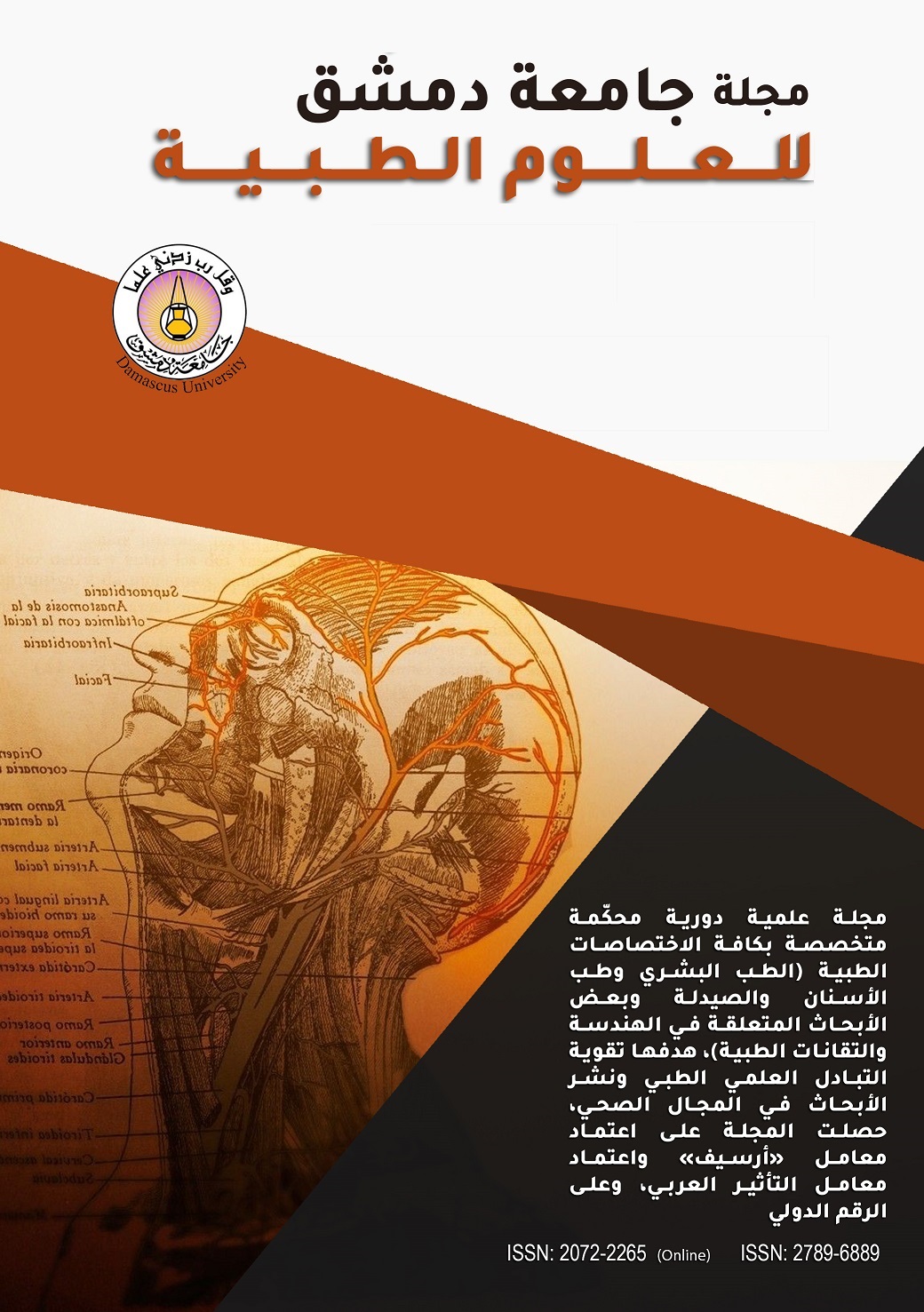Study of the Biomechanical Behavior of Orbital Fractures Using Finite Element Analysis
Keywords:
orbital fracture, mechanical stress, Finite element analysis (FEA)Abstract
Aim of The Study : As the biomechanical mechanisms of orbital wall fractures are still under research, two different fracture mechanisms were tested in a finite element based investigation.
Material And Methods: Skull models were completed from Multi-sliced computed tomography (CT) images obtained under standard conditions. finer skeletal model and a transient dynamic simulation were used to test hydraulic, buckling force transmission
Results: designing an accurate three dimensional biomodel of the skull is possible using the new programs. Results showed that each set-up led to different orbital fracture patterns, which correlate well with clinical findings. Therefore the conclusion is that different mechanisms may act together explaining the variety of clinical fracture situations
Conclusion: Biomechanical testing has proven to be appropriate in answering questions regarding fracture mechanisms.

